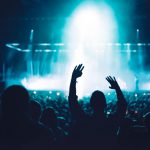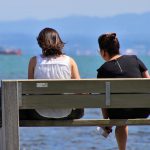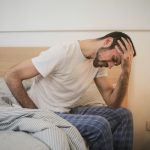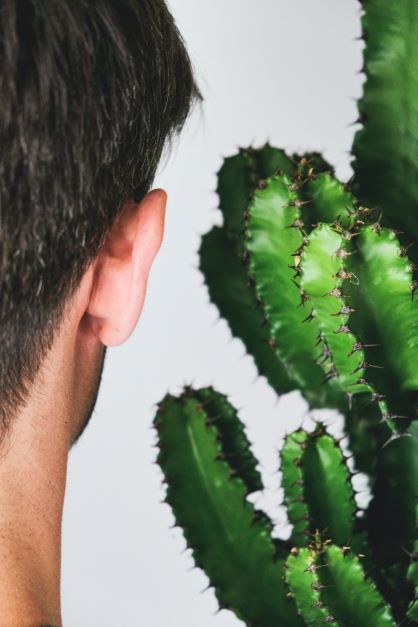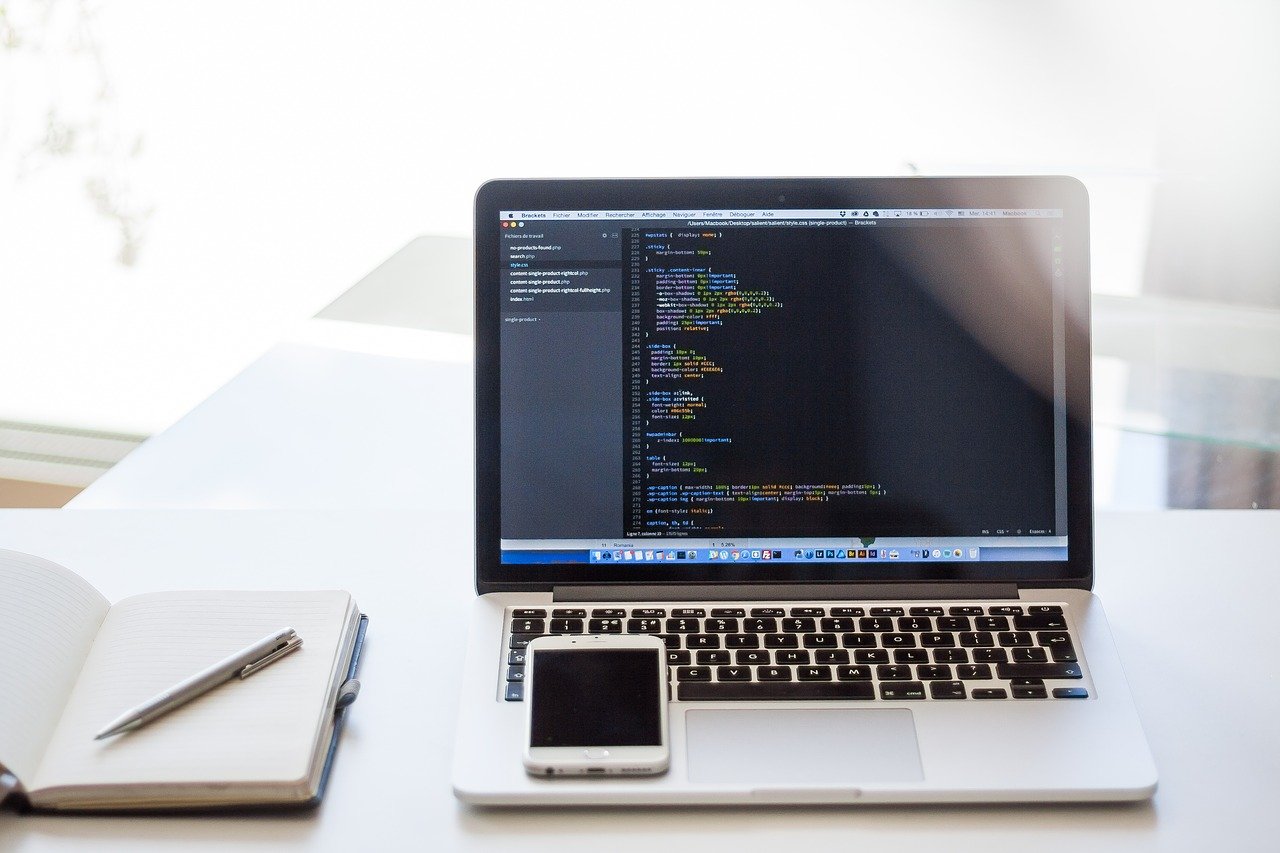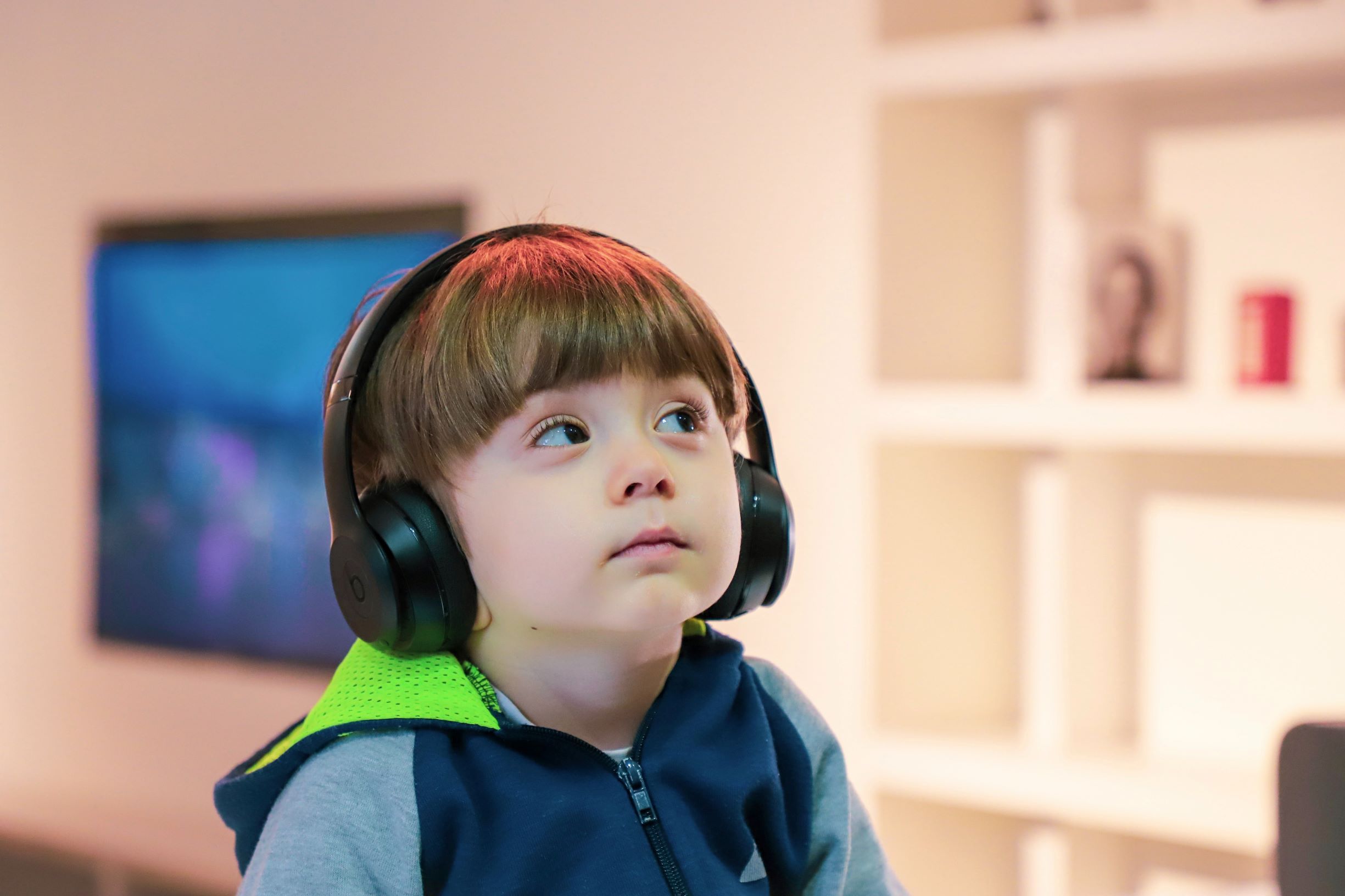
Adult ears are susceptible to noise-induced hearing loss, so it should come as no surprise that sensitive young ears are particularly vulnerable to noise damage. Your child’s ears and hearing go through a period of significant development in the first few years after birth and knowing how to protect your kids’ hearing during this time is critical! Let’s look at why you need to know when it comes to kids hearing protection.
Contents
Causes of Babies’ and Children’s Hearing Problems
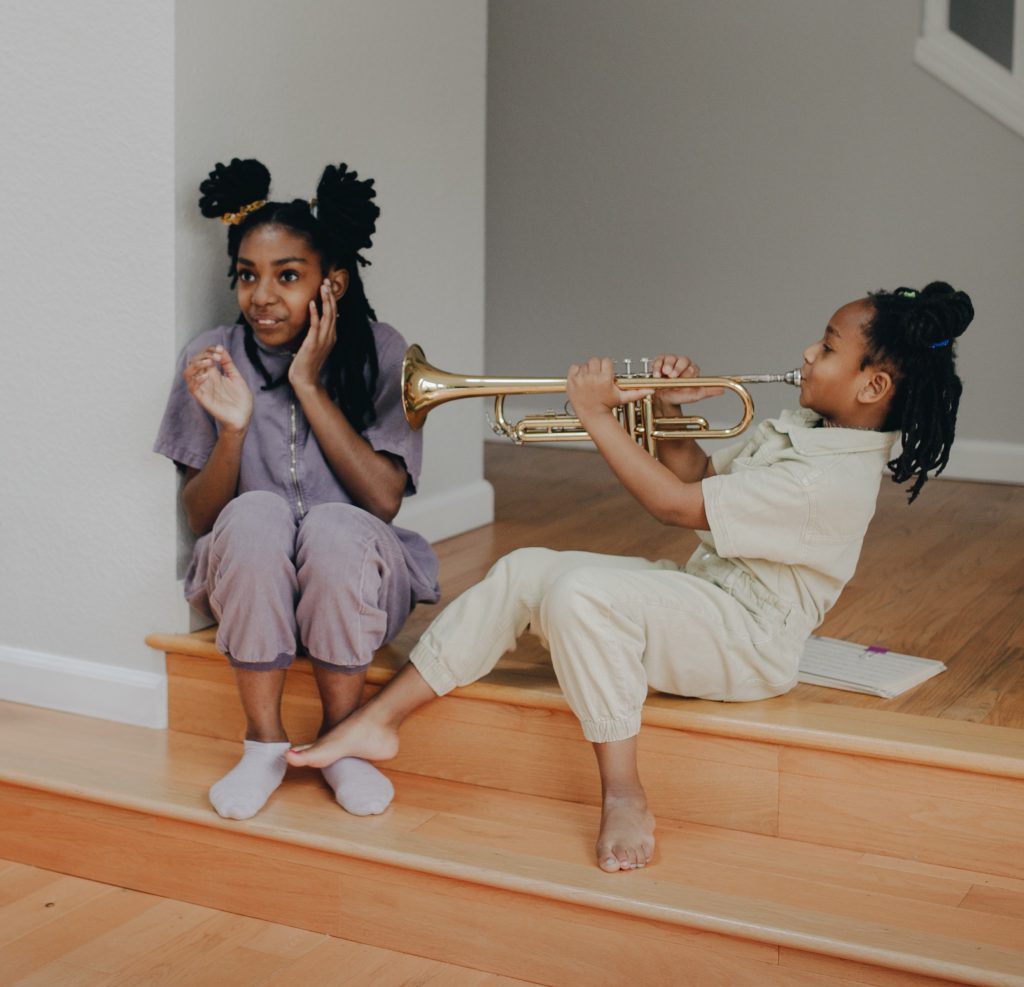
The world is full of loud noises, but some are particularly problematic for kids.
A child’s ear canal is smaller than an adult’s, so the sound pressure generated is greater than in an adult’s ear. This means that loud sounds are even louder for small children. Their internal ear structures are fragile, more sensitive, and especially prone to noise-induced damage.
Here are a some common causes of hearing problems for children:
- Loud toys – Noise-making toys are popular, but some might do their job too well; some can produce sounds above 120 dB! If it’s too loud for them to hold it next to their ear, think twice before buying or letting them play with the toy.
- Television volume – People tend to turn up the volume when watching television. This can sometimes be too loud for adults, let alone children (who can crawl close to the speaker).
- Events – Concerts, festivals, and sports events can be exciting and educational places to take your kids. They can also be very loud!
- Firework displays – Firework displays are guaranteed to be noisy, and short bursts of loud noise can still cause permanent hearing damage to adults and children alike.
- Household appliances – be careful not to use loud household appliances such as the vacuum, hairdryer, or blender too close to your children. Adults are used to these noisy home appliances, but they’re loud enough to damage your child’s hearing.
- White noise sleep machines – if you want to use an infant sleep machine test the sound output before leaving it in your child’s room, place it as far away from them as possible, and use the lowest volume setting.
How Loud is Too Loud?
Sounds are measured in decibels (dB), and generally, noises under 80 dB won’t harm a child’s hearing unless they are exposed for many hours. What is deemed a ‘safe’ sound is based on the duration of exposure, and it’s a good general principle to reduce your child’s exposure to any loud noise as and when you can.
Nevertheless, it should not be forgotten that even very short bursts of extremely loud noise can cause permanent hearing damage.
Monitoring your child’s environment and being aware of the sounds that they are regularly exposed to is a crucial part of minimizing your child’s exposure to loud noise. When noise is unavoidable, ear protection is your next best option.
It’s important to keep in mind that the hearing damage caused by noise exposure is permanent (there is no way to ‘cure’, reverse, or completely treat the damage caused) and cumulative, meaning even one-off loud noises can eventually contribute to overall hearing loss.
Types of Kids’ Ear Protection
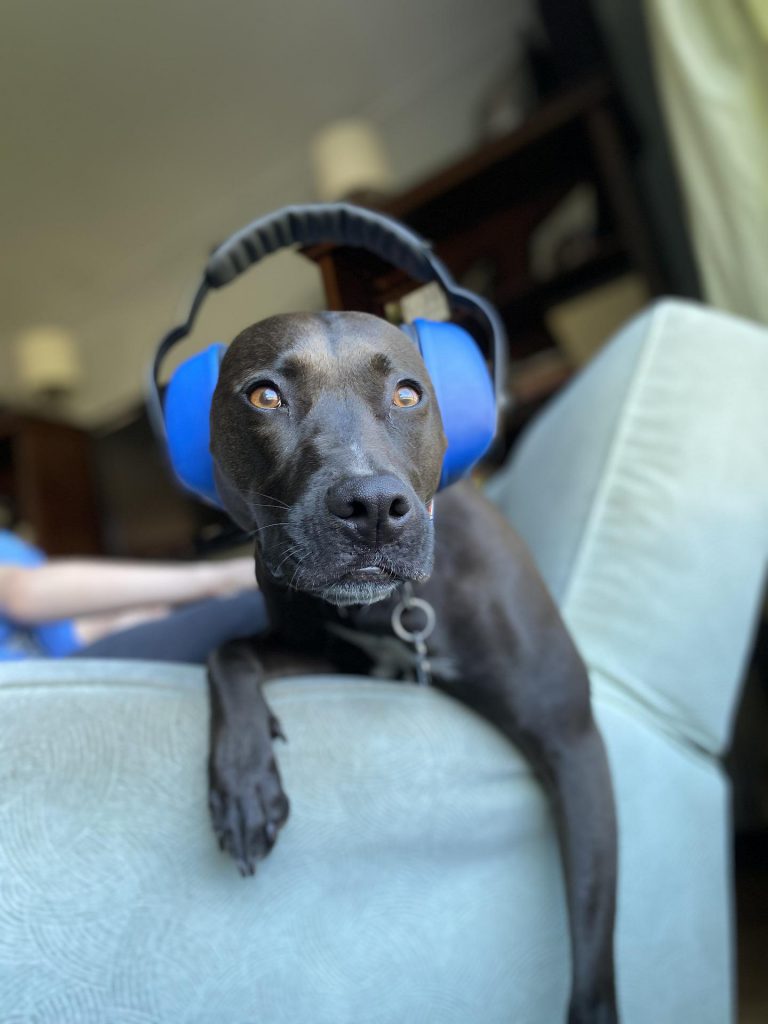
Despite the sensitivity of their young ears, kids’ hearing protection is not a commonly addressed issue among many parents.
Communicate clear rules to your children about when you expect them to wear their hearing protectors. They need to know why they are important so that they are more likely to wear them even when you aren’t there. Shopping for their hearing protectors with them can make the process more exciting. They’ll feel more involved if they can choose a pair they like.
Make sure you purchase ones that are appropriate for the activities they’ll be needing them for, and keep them in an accessible place.
Earplugs or Earmuffs for Kids’ Hearing Protection?
There are many different types of earmuffs on the market, giving you a range of size and style options. These special children-specific hearing protection options are designed to fit snugly on smaller heads and are more suited to a child’s needs than earplugs.
A hearing protector’s level of protection is measured by its Noise Reduction Rating (NRR). The higher the NRR, the better the earmuffs are at limiting sound exposure. This is a handy way to draw a general comparison between different products.
When buying earmuffs, it is important to check that they fit properly on your child’s head and aren’t too loose. Buying in-store rather than online will be advantageous in this respect. If your child wears glasses, the earmuffs still need to make a seal over them yet remain comfortable.
Can Young Children Wear Earplugs?
It is not recommended that your children wear earplugs as they have the potential to push ear wax further into their ears, which can cause further hearing issues. They can also present a choking hazard if swallowed.
The Best Children’s Hearing Protection
Be sure to purchase ear protectors or defenders especially designed for babies or children. Here are a few kids’ ear protection brands to consider:
- Edz Kidz Ear Defenders
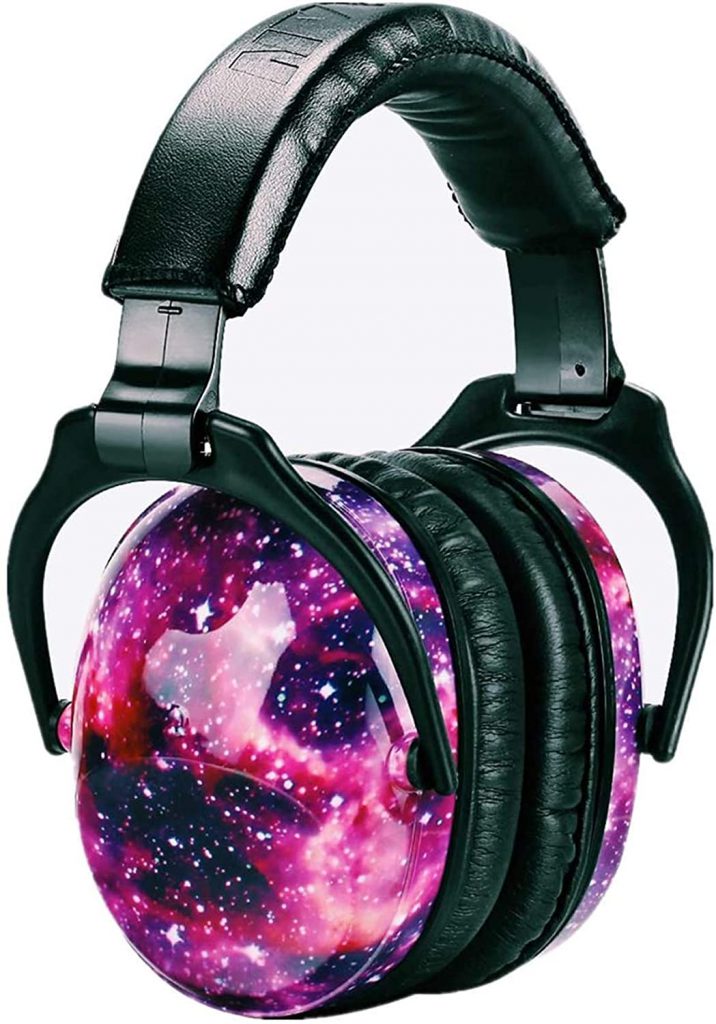
- Ems For Kids Baby Ear Defenders
- ZOHAN 030 Kids Ear Defenders (Pictured Right)
- Alpine Muffy Baby Ear Protection
- Snug Safe n Sound Kids Ear Protectors
- 3M Peltor Kids Ear Muffs
The information in this guide has been written using the following reliable sources:
https://www.babyhearing.org, https://www.noisyplanet.nidcd.nih.gov, https://www.urmc.rochester.edu, https://medlineplus.gov

